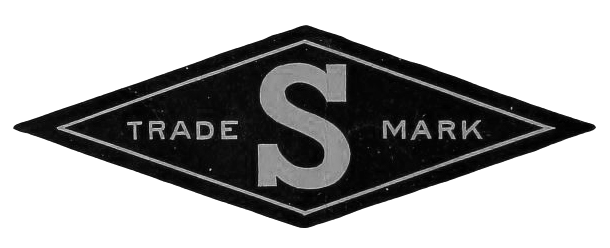CAVE OF FORGOTTEN DREAMS
By Gary Murray
Directed, written by and starring Werner Herzog
Running time 90
MPAA Rating Not Rated
Selig Film Rating Cable
Werner Herzog has been making documentaries for a number of years with great success. His Grizzly Man was a much praised film that won a bunch of awards. His latest documentary is Cave of Forgotten Dreams.
The story of Cave of Forgotten Dreams is about the Chauvet Caves in southern France. Discovered in 1994, this cave was instantly recognized as one of the most important finds of both ancient civilizations and works of art.
Narrated by Werner Herzog, the film shows both the beauty of the cave, with some of the most pristine paintings of animals and fertile women. The paintings are no stick figures, but fully rendered drawings, depicting movement. They are some of the earliest images that show the talent of early man. Scattered around the cave are ancient bones (some for altars) that are preserved in the slow drip from stalactites.
The cave is sealed with a giant door to preserve not only the internal temperature but to keep the outsiders out. It is guarded and the crew was only allowed to be in the cave for a few hours at a time. They traveled on a narrow gantry, making sure that no modern feet transverse over the find.
We get interviews with both the explorers and the scientists who have mapped out every millimeter of the cave. They are all dedicated to preserving this relic of our ancient past. One researcher tells his tale of being a former circus performer and now does computer research on the cave. One man is a perfumer who uses his nose to find stale air that could lead to another discovery of cave systems.
The film is shot in 3D, so we get a better understanding of both the space and the spacing of objects in the cave. There is this real feeling of place captured by the camera, a much more accurate depth of image than one gets with pictures.
While the cave itself is fascinating, the film is not. At 90 minutes it overstays its welcome by a good half hour. We get the same pictures of horses again. While they are amazing to look at, it becomes redundant after awhile.
Another problem is that the music just doesn’t fit the mood of the piece. When one notices the strange, thick chords coming from the speakers—one knows that it isn’t working. The other major weakness of Cave of Forgotten Dreams is Werner Herzog as the narrator. His accent distracts from the enjoyment of the work. The makers would have been better off by hiring a veteran Hollywood actor to give the film a majestic feel.
The film is made in conjunction with The History Channel, one of the best networks on cable. While this is not the best opening steps to breaking into the field, it does point into the right direction for future outings. Cave of Forgotten Dreams while a fascinating work of art and archeology is not a fascinating final film.






